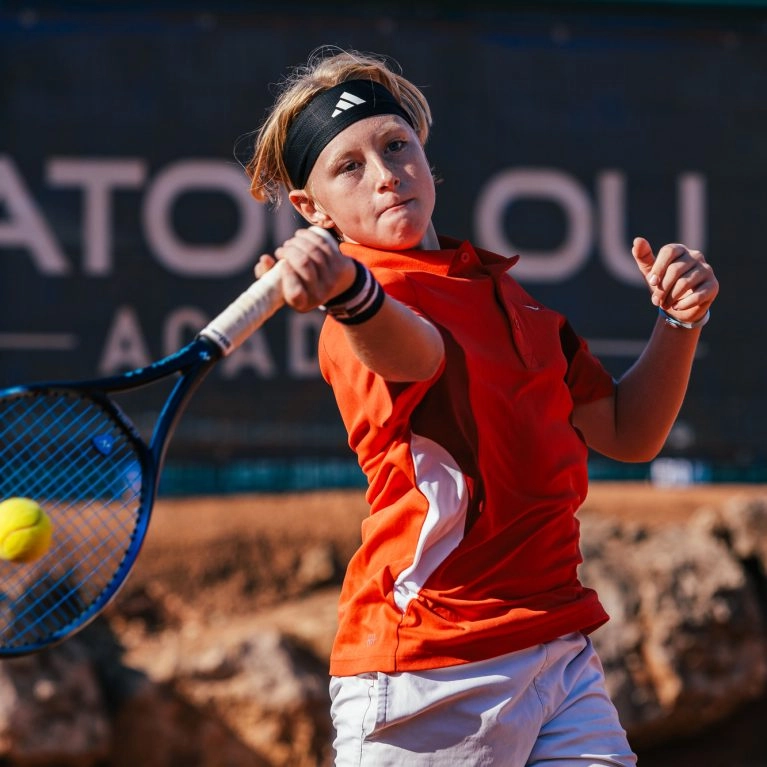
Lightweight snowshoes (250g to 290g)
Lightweight rackets are ideal for beginners or players looking for more manoeuvrability. They generate faster racquet head speed and facilitate arm movements. This makes them a good choice for young players or those looking to develop a faster, more aggressive style of play.
- Who it’s for: Beginners, juniors or those looking for an easy-to-handle racquet.
- Advantages : Easy to handle, generates fast head speed.
- Cons: Less power, may lack stability on powerful shots.












